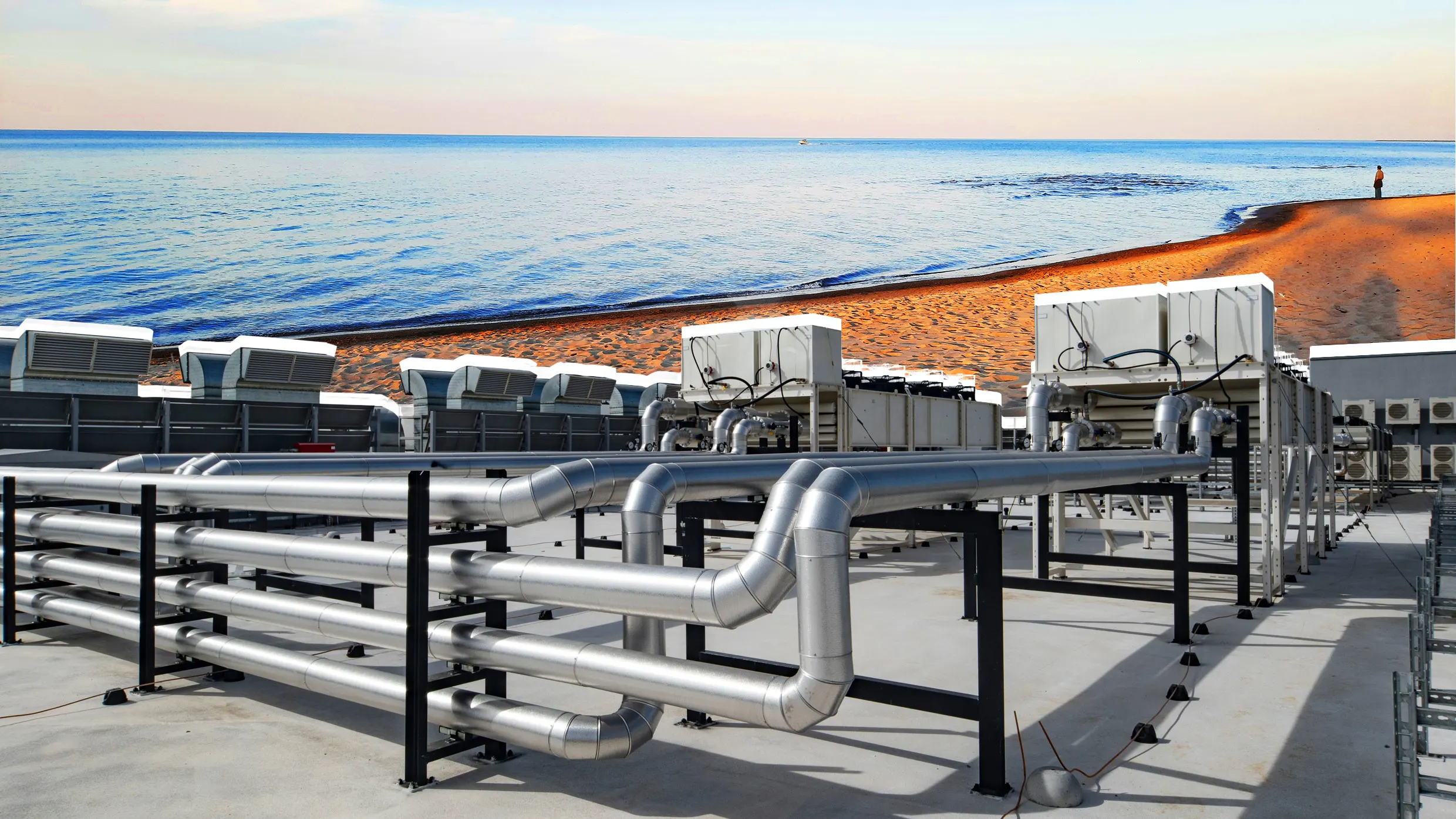
"As demand for artificial intelligence technology boosts construction and proposed construction of data centers around the world, those computers require not just electricity and land, but also a significant amount of water. Data centers use water directly, with cooling water pumped through pipes in and around the computer equipment. They also use water indirectly, through the water required to produce the electricity to power the facility."
"A 2024 report from the Lawrence Berkeley National Laboratory estimated that in 2023, U.S. data centers consumed 17 billion gallons (64 billion liters) of water directly through cooling, and projects that by 2028, those figures could double-or even quadruple. The same report estimated that in 2023, U.S. data centers consumed an additional 211 billion gallons (800 billion liters) of water indirectly through the electricity that powers them. But that is just an estimate in a fast-changing industry."
Artificial intelligence-driven growth is increasing construction and planned construction of data centers worldwide, creating high demand for electricity, land, and substantial water. Data centers use water directly for cooling and indirectly through the water required to generate electricity, with fossil-fuel generation requiring far more water than solar or wind. A 2024 Lawrence Berkeley National Laboratory report estimated U.S. data centers used 17 billion gallons directly in 2023 and an additional 211 billion gallons indirectly, with direct use potentially doubling or quadrupling by 2028. The Great Lakes region is attractive for data centers due to cool climate and abundant water, but those centers compete with drinking water needs, a US$6 trillion regional economy, and local groundwater aquifers. Public records and corporate sustainability reports show technology companies do not always disclose full water-use details.
Read at Fast Company
Unable to calculate read time
Collection
[
|
...
]